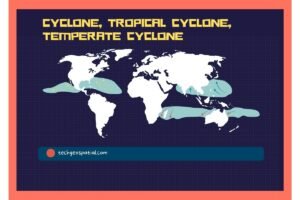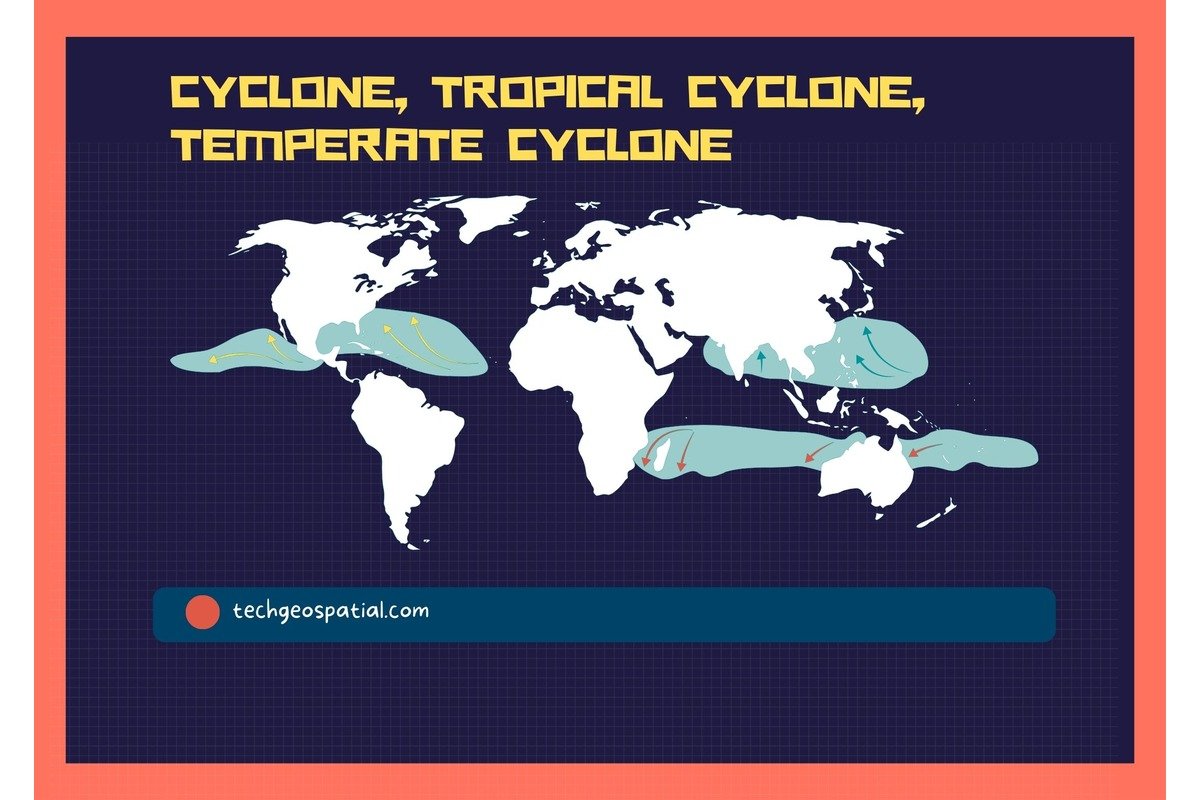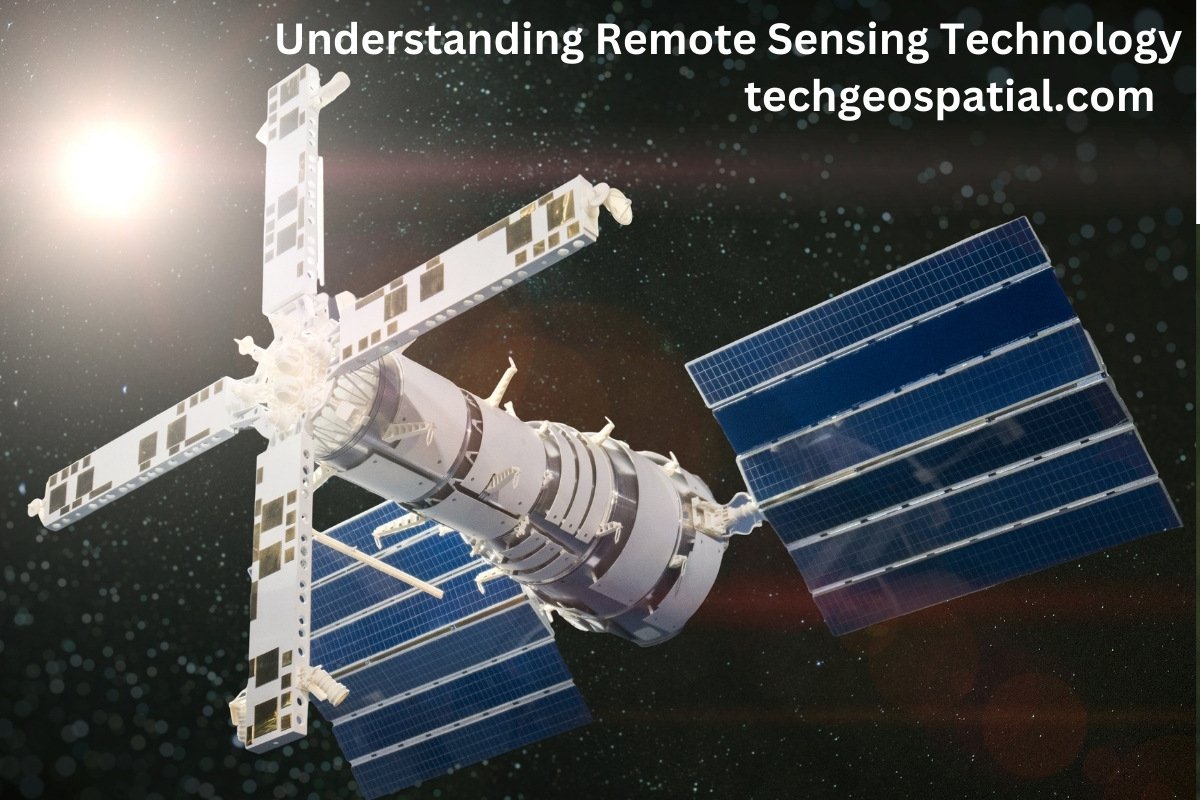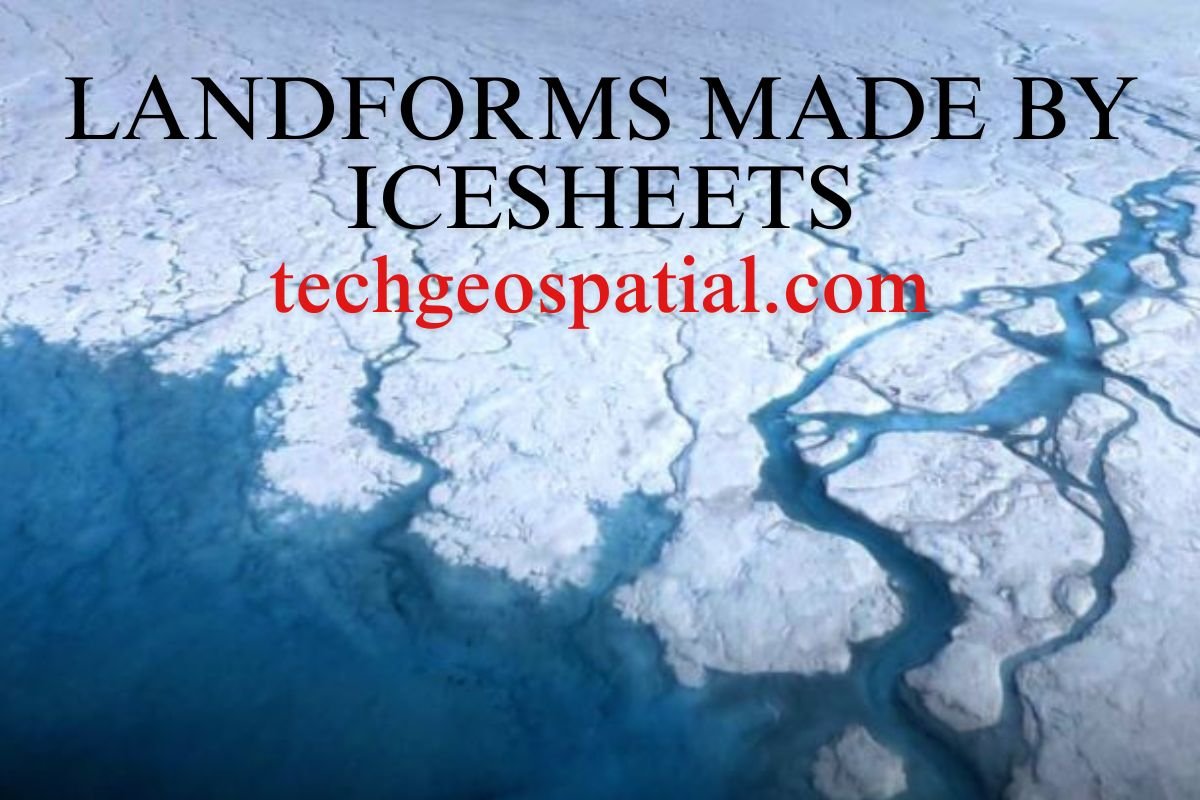Cyclone, Tropical Cyclone, Temperate Cyclone: Understanding the Fury of Nature
Cyclones are among the most powerful and destructive natural phenomena on Earth, capable of causing widespread devastation to coastal regions and beyond. Understanding the different types of cyclones, including tropical and temperate cyclones, is crucial for mitigating their impact and protecting vulnerable populations.
Introduction to Cyclones

Cyclones are intense low-pressure systems characterized by strong winds and heavy rainfall. They can occur over both land and water, but they are most commonly associated with oceans due to the availability of warm water, which serves as their primary energy source. Cyclones can be classified into various categories based on their location, intensity, and associated weather patterns.
Defining Cyclones
A cyclone is a rotating atmospheric disturbance characterized by low pressure at its center. Cyclones can span hundreds of kilometers and are fueled by the transfer of heat from the ocean to the atmosphere.
Different Types of Cyclones
There are several types of cyclones, including tropical cyclones, temperate cyclones, and polar cyclones. Each type has distinct characteristics and forms under specific atmospheric conditions.
Understanding Tropical Cyclones
Tropical cyclones, also known as hurricanes or typhoons depending on their location, are intense circular storm systems that originate over warm tropical oceans. These cyclones are fueled by the heat and moisture from the ocean’s surface and are capable of producing strong winds, heavy rainfall, and storm surges.
Definition and Characteristics
Tropical cyclones are characterized by a well-defined center, called the eye, surrounded by bands of intense convection and strong winds. They typically form between 5 and 30 degrees latitude and can persist for several days as they move across the ocean.
Formation Process
Tropical cyclones form when several key conditions are met, including warm ocean temperatures, moist air, and weak vertical wind shear. As warm, moist air rises from the ocean’s surface, it cools and condenses, releasing latent heat and creating a self-sustaining feedback loop of convection and rising air.
Impact and Damage
The impact of tropical cyclones can be catastrophic, with high winds causing widespread destruction to buildings, infrastructure, and vegetation. Heavy rainfall associated with these storms can lead to flooding and landslides, further exacerbating the damage.
Notable Tropical Cyclones
Throughout history, numerous tropical cyclones have left a lasting impact on coastal communities around the world. Examples include Hurricane Katrina, which devastated the Gulf Coast of the United States in 2005, and Typhoon Haiyan, which caused widespread destruction in the Philippines in 2013.
Exploring Temperate Cyclones
Temperate cyclones, also known as extratropical cyclones or mid-latitude cyclones, are large-scale storm systems that form in the middle latitudes outside the tropics. These cyclones are typically associated with fronts, where warm and cold air masses meet, and they play a crucial role in shaping weather patterns in temperate regions.
Definition and Features
Temperate cyclones are characterized by a frontal boundary separating warm and cold air masses, as well as a well-defined low-pressure center. Unlike tropical cyclones, which derive their energy from warm ocean waters, temperate cyclones are fueled by the temperature contrast between air masses.
Formation Mechanism
Temperate cyclones form through the process of cyclogenesis, which occurs when a disturbance in the atmosphere triggers the development of a low-pressure system. As warm air rises and cold air sinks along the frontal boundary, it creates the rotation and circulation characteristic of temperate cyclones.
Influence on Weather Patterns
Temperate cyclones play a significant role in shaping weather patterns in temperate regions, bringing changes in temperature, precipitation, and wind direction. These storms can produce a wide range of weather phenomena, including rain, snow, thunderstorms, and strong winds.
Examples of Temperate Cyclones
Several notable temperate cyclones have impacted regions across the globe, including the “Perfect Storm” of 1991, which battered the northeastern United States, and the North Sea Storm of 1953, which caused widespread flooding and loss of life in Europe.
Comparing Tropical and Temperate Cyclones
While tropical and temperate cyclones share some similarities, such as low-pressure centers and strong winds, they also exhibit significant differences in their formation, intensity, and impact on weather patterns.
Differences in Formation
Tropical cyclones derive their energy from warm ocean waters and typically form over tropical regions, while temperate cyclones form in the middle latitudes outside the tropics and are fueled by temperature contrasts between air masses.
Variations in Impact
Tropical cyclones tend to have more intense and concentrated impacts, with higher wind speeds and heavier rainfall, whereas temperate cyclones can affect larger geographic areas with more moderate but widespread impacts.
Regional Distribution
Tropical cyclones are most common in tropical regions near the equator, where warm ocean waters provide the necessary energy for their formation. In contrast, temperate cyclones are prevalent in the middle latitudes, where they play a vital role in shaping weather patterns.
Mitigation and Preparedness Strategies
Given the destructive potential of cyclones, it is essential for communities to implement effective mitigation and preparedness strategies to reduce the risk of loss of life and property damage.
Early Warning Systems
Timely and accurate forecasts are critical for providing advance warning of approaching cyclones, allowing communities to evacuate and take protective measures.
Evacuation Plans
Coastal communities vulnerable to cyclone impacts should have well-developed evacuation plans in place, including designated shelters and evacuation routes.
Infrastructure Resilience
Investments in resilient infrastructure, such as storm surge barriers and reinforced buildings, can help mitigate the impact of cyclones and reduce damage to property and infrastructure.
Conclusion
Cyclones, whether tropical or temperate, are formidable forces of nature capable of causing widespread devastation and loss of life. Understanding the characteristics and behavior of these storms is essential for implementing effective mitigation and preparedness measures to protect vulnerable communities.
FAQs (Frequently Asked Questions)
- What causes cyclones to form? Cyclones form when warm, moist air rises and cools, creating a low-pressure system that spins due to the Earth’s rotation.
- How are tropical cyclones different from temperate cyclones? Tropical cyclones form over warm ocean waters and derive their energy from heat, while temperate cyclones form in the middle latitudes and are fueled by temperature contrasts.
- Are cyclones becoming more frequent and intense due to climate change? There is evidence to suggest that climate change may lead to an increase in the frequency and intensity of cyclones, although more research is needed to fully understand the relationship.
- What measures can individuals take to prepare for a cyclone? Individuals should have an emergency kit prepared, secure outdoor objects, and follow evacuation orders from local authorities.
- How do scientists track and predict the path of cyclones? Scientists use a combination of satellite imagery, weather balloons, and computer models to track the formation and movement of cyclones and predict their path with increasing accuracy.





